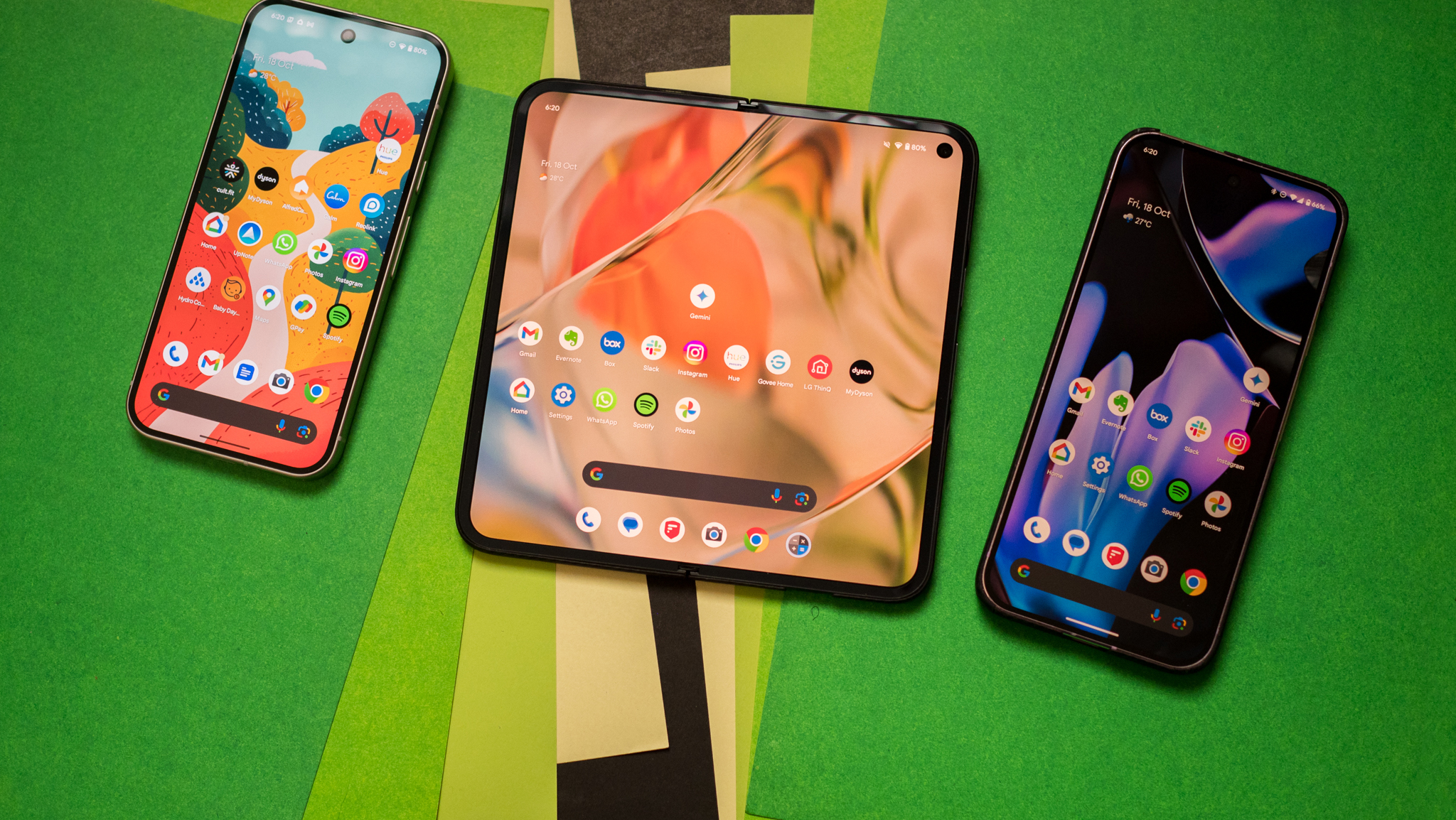Predicting the biggest smartphone trends in Asia for 2025
Local manufacturers are once again likely to continue their dominance in 2025.

The Asian handset market is very interesting, with a significantly broader range of devices sold in the region than anywhere else. You have the usual Chinese contingent of Vivo, OPPO, OnePlus, Xiaomi, and Honor dominating sales, but Samsung and Google also sell most of their products in Asian markets, and Apple is slowly building momentum with the iPhone.
I used over 70 phones over the course of 2024, and while there were devices that didn't measure up to their asking price, I didn't run into any bad phones as such. The one brand that stood out the most to me is Vivo. It delivered truly incredible cameras in the X100 Pro and X100 Ultra, and it made heady gains in the mid-range with the V30 Pro and V40 Pro, delivering much better sensors.
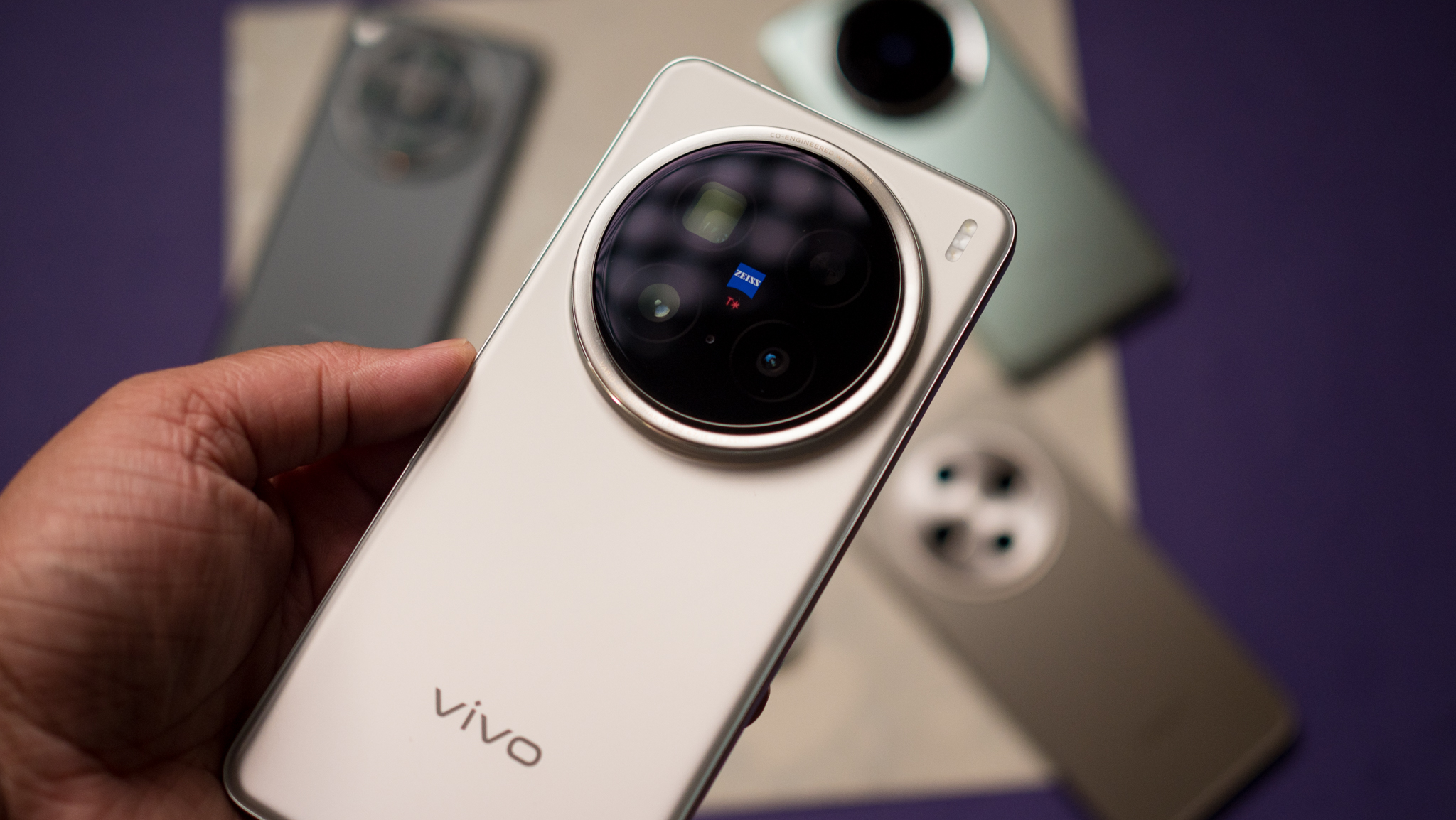
Clearly, I'm not the only one who liked the brand's progress, as Vivo managed to extend its lead in both China and India considerably. Vivo is likely to continue that momentum in 2025 on the back of the X200 Pro. As much as I like the X200 Pro, I'm waiting to see what the X200 Ultra brings to the table. Vivo doesn't actually need to change much with the device, but if it manages to retain the same set of cameras while making the phone available in at least select regions outside China, it will be a monumental achievement.
While the V series is stronger than ever, the upgrades with the V40 Pro pushed it closer to value flagships, and Vivo needs to focus on the Y series to maintain its mid-range presence. I'm excited to see what's in store with the V50 and V50 Pro, and whether they can deliver the same caliber of photos as the X series.
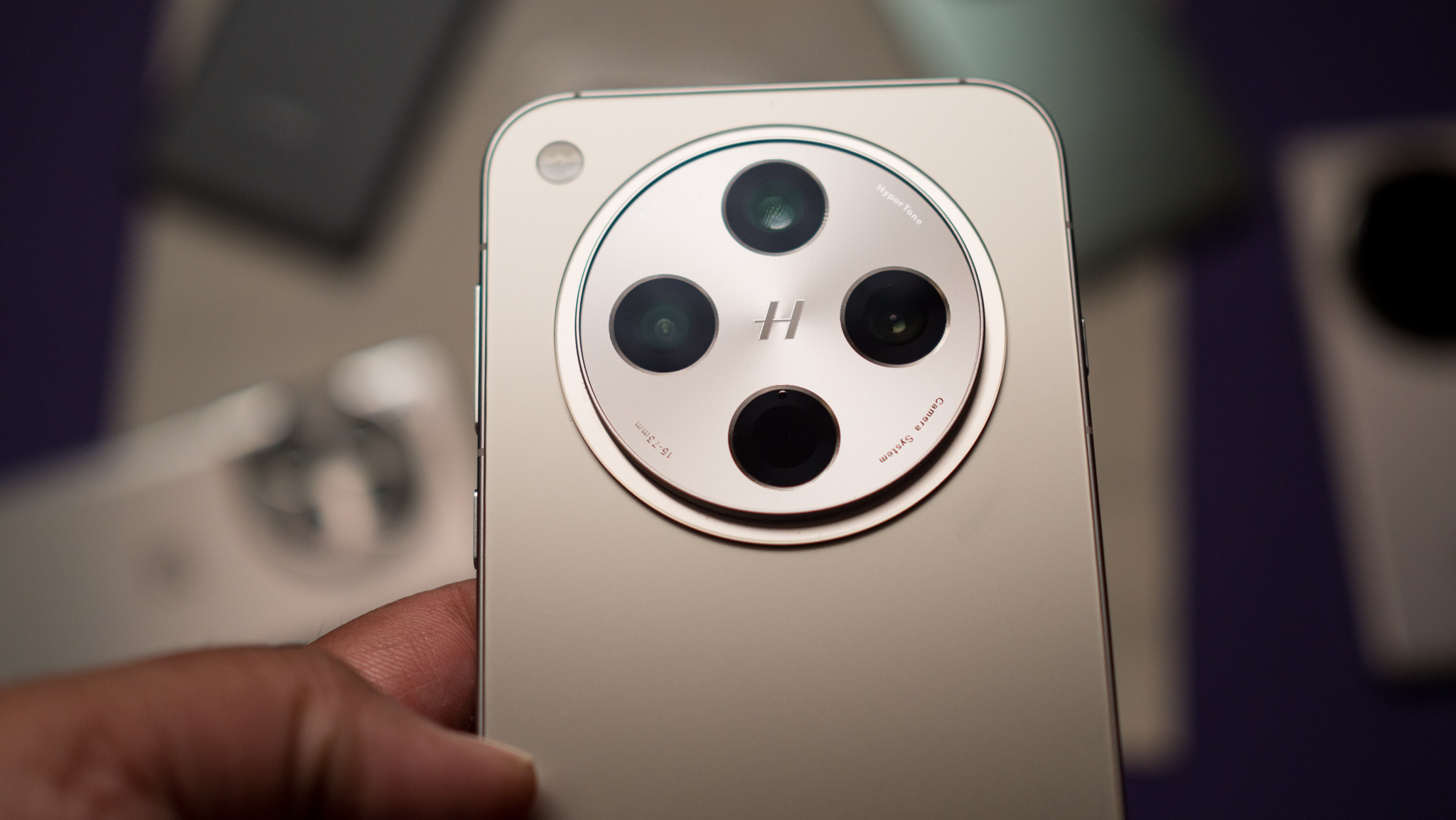
Although OPPO lost ground in China, it solidified its position as the second-largest handset brand in India on the back of the Reno 12, K series, and A series devices. While I enjoyed using the Find X8 Pro quite a bit, I don't think OPPO has the cachet to steal market share from Apple and Samsung just yet, but its introduction in additional global markets should give OPPO a decent platform on which to build. The one issue I have with the X8 Pro is that it doesn't have the best cameras the brand makes, and that will inevitably debut on the X8 Ultra sometime in Q2 2025. Just like with Vivo, the X8 Ultra needs to launch globally to make the cameras accessible by a wider audience.
OnePlus, meanwhile, is doing all the right things. Although the manufacturer lost market share in 2024, its device portfolio is stronger than ever, and the imminent global launch of the OnePlus 13 should allow the brand to take on Samsung and Google. What I like is that the R series is also sold globally, and with the OnePlus 12R still one of the best mid-rangers available today, I'm intrigued to see what the 13R can deliver. I just want to see the device continue to deliver the same value-focused ethos, and with the manufacturer confirming a class-leading 6000mAh battery, it has the potential to do incredibly well.
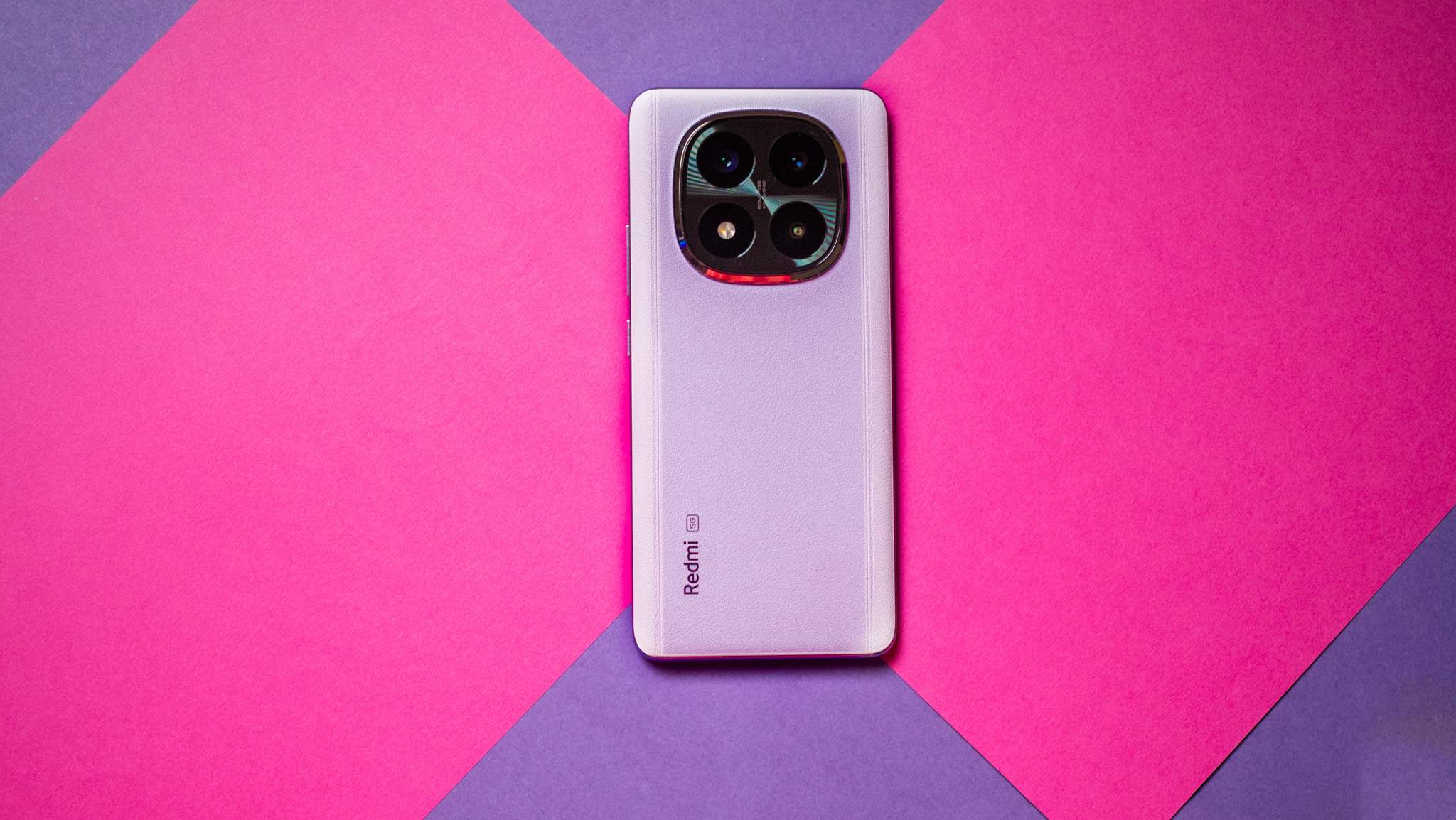
Xiaomi continues to do well thanks to its budget-focused portfolio, but that narrative has changed in recent years as it shifted to the mid-range with devices like the Redmi Note 14 Pro Plus. In doing so, Xiaomi is effectively ceding ground to its rivals, and that's one of the reasons why it is no longer in the top position in India. The brand needs to rethink its strategy and go back to delivering budget phones with strong value — that just hasn't been the case in the last two years. Honestly, Xiaomi needs to do an overhaul of its devices, and rethink its strategy. That's the only way it can retain its footing against its rivals, but I don't see the brand doing so in 2025.
I really like what Honor is doing these days; the Magic 6 Pro and Magic V3 are two of my best phones of the year — with the latter being one of the best foldables around — and the brand is taking a radically different strategy to everyone else, positioning itself as a premium player to stand out. While that may not yield market share, Honor certainly takes up a lot of mind share, and with the brand regaining its foothold in India, 2025 should be a pivotal year for its global ambitions. The Magic 7 Pro is launching shortly, and I'd like to see the device delivering better cameras; while the 6 Pro was great in its own right, it didn't quite measure up to the X100 Pro, and Honor needs to be on the same level as Vivo.
Be an expert in 5 minutes
Get the latest news from Android Central, your trusted companion in the world of Android
I usually turn to a Pixel as my daily driver, and that hasn't changed in 2024. The Pixel 9 Pro XL is a worthy upgrade, and while it costs more, it has meaningful changes across the board and takes brilliant photos. The only issue with the device is that the hardware isn't on par with its rivals, although that may change in 2025. Google is set to switch away from Samsung's designs and go with MediaTek, which means that the Pixel 10 should be noticeably better in this regard. The biggest thing that Google needs to change with the Pixel 10 is the internal hardware; the Tensor platform may be good in mid-rangers, but it just doesn't measure up against what Qualcomm and MediaTek are doing in the high-end category, and Google needs to do better. The latest leaks point to the brand doing just that with the Tensor G5, but I want to get my hands on the device to see how it actually holds up.
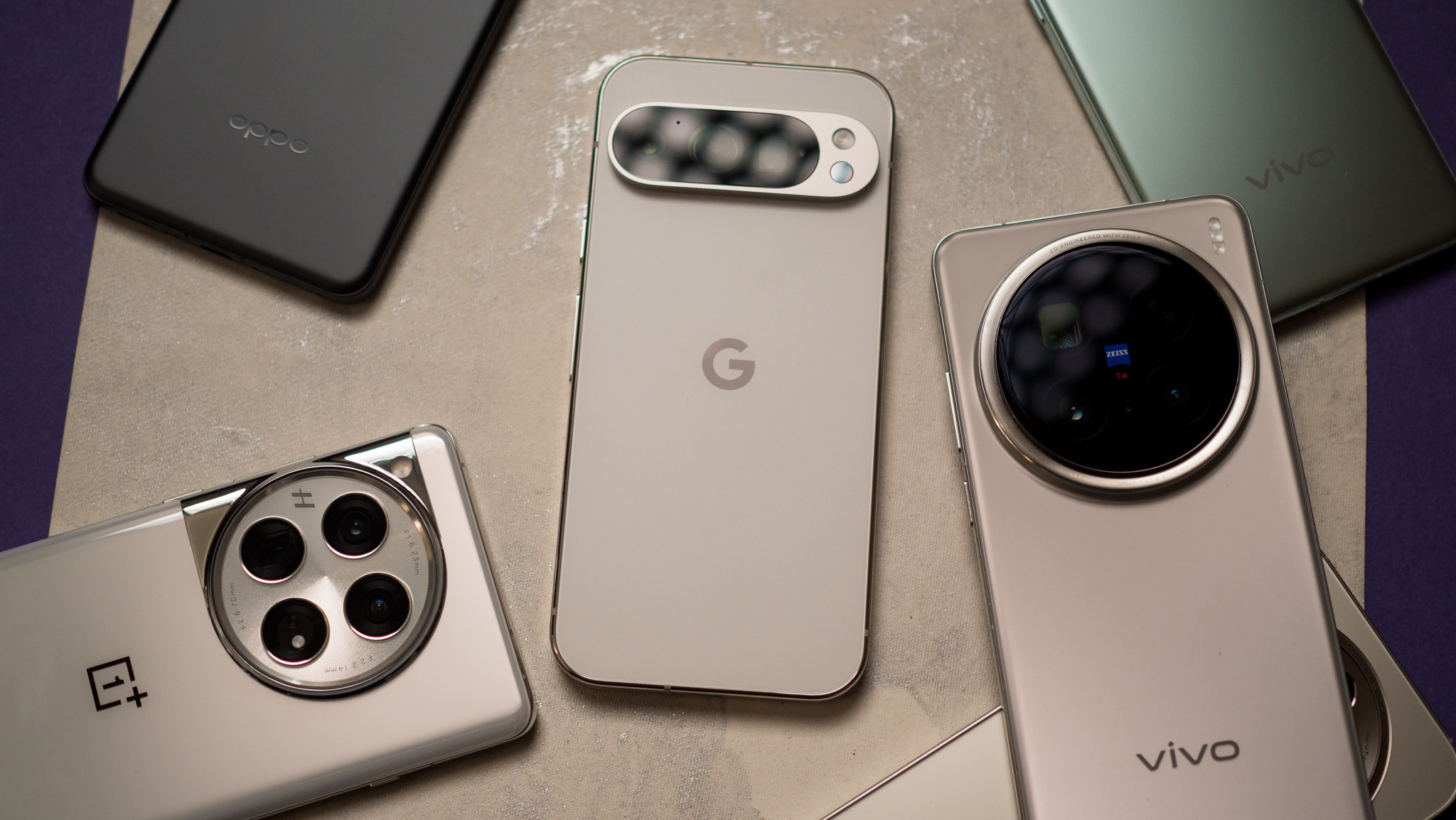
As for Samsung, the brand lost ground in India and other Asian markets this year, and that's down to its own shortcomings. While it built up an early lead in foldables, the lack of any meaningful innovation has allowed Chinese brands to eat into its market share, and Samsung is losing ground in the mid-range as well. What's interesting is that the brand is positioning the FE devices as its value-focused models in major regions like the U.S. instead of traditional bestsellers like the Galaxy A55, and I don't think that's the best move. While high-end devices contribute to Samsung's bottom line, it's the mid-range where the brand sees a bulk of its sales, and it needs to bring its best devices to all regions.
Like much of the last decade, value-focused phones will dominate sales in 2025, but there is a growing demand for mid-range and even high-end devices, and that's encouraging to see. With all major manufacturers introducing their products earlier than before, we don't have to wait as long to see what's in store with the best 2025 phones, and that's always a good thing.

Harish Jonnalagadda is Android Central's Senior Editor overseeing mobile coverage. In his current role, he leads the site's coverage of Chinese phone brands, networking products, and AV gear. He has been testing phones for over a decade, and has extensive experience in mobile hardware and the global semiconductor industry. Contact him on Twitter at @chunkynerd.
You must confirm your public display name before commenting
Please logout and then login again, you will then be prompted to enter your display name.
